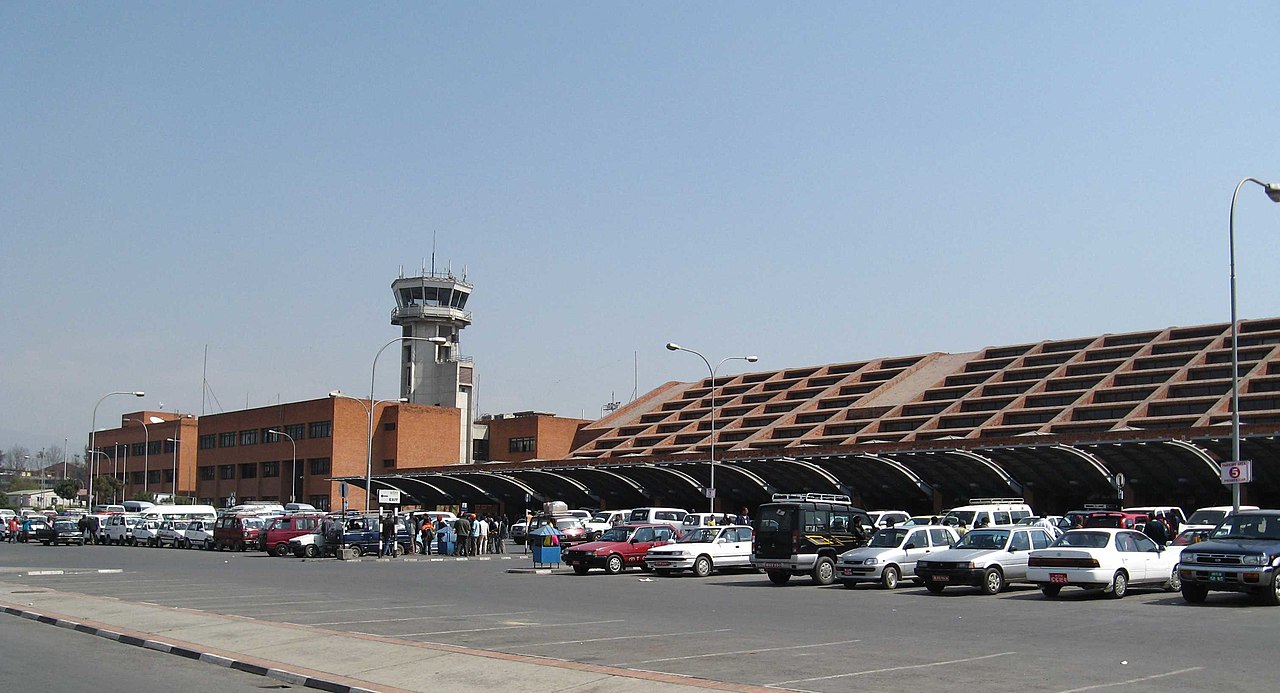-
About Us
- Introduction
- FNCCI President Profile
- Executive Committee
- Past Presidents
-
Councils/Committees/Forums
- Councils
-
Committees
- Industry
- Trade
- Cottage & Small Industry
- ICT Development
- Women Entrepreneurship Development
- Road Transport & Transit
- Tax & Revenue
- Tourism & Air Transport
- Bank, Finance & Insurance
- Export Promotion
- Trade Fair
- Energy
- Local Economic Development
- Urban Development
- Health & Disaster Management
- Law, Justice and Parliamentary Affairs
- Education, Skill Development and Employment
- Forums
- Projects/Programs
- Events
- Province Chapter
- Business Services
- Activities
- Business Code of Conduct
- Secretariat
- Working Hour and Holiday Calendar
- Contact
- Members
-
Economy
- Economic Surveys of Nepal
- Budget Speeches
- Arthik Bidhayak
- Download Sector Profiles
- Policies/Acts/Laws
- Export Import Data Bank
- Tourism Statistics of Nepal
- Industrial Statistics of Nepal
-
Media Room
- Day-to-day Activities
- Press Release
- News Clippings
- Photo Archives
- Audio/Videos
- Notice/Announcements
- News feeds from Media
- FNCCI on Social Media
- Publications
-
International
- International Linkages
- Cooperative Agreements
- South Asia- SAARC
- Int'l Trade Fairs & Expos
- Diaspora Engagement
- Brain Gain Center- MoFA
- Certificate of Origin
- BIS Portal
-
Info
- FDI FAQ
- FDI Help Desk
- Useful Links
- Doing Business in Nepal
- Nepal Investment Summit (2-3 March 2017)
- Public Private Partnership in Nepal
- Women Entrepreneurship in Nepal
- Useful Resources
- Useful web tools
- Suggest websites









